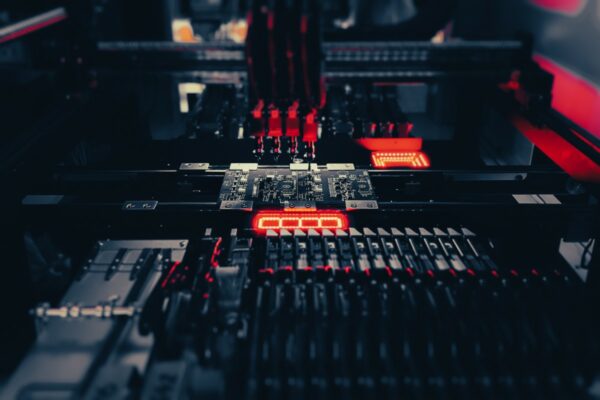What is Board Density
Board density is the level of wiring density or the number of connections per unit area on a printed circuit board. It is a measure of how closely packed the circuitry and components are on the board. HDI (High-Density Interconnect) boards have a higher wiring density per unit area compared to conventional PCBs. HDI boards are known for their finer lines/spaces, smaller via holes, and capture pads that allow for the placement of microvias in select layers and surface pads. This indicates that HDI boards have a higher board density.
Achieving high board density is important in modern electronic devices where miniaturization is a key requirement. By increasing the board density, designers can optimize the use of available space on the PCB, reducing the size of the board while still accommodating all the necessary components and connections. This not only saves space but also reduces the overall weight and cost of the PCB.
High board density requires careful planning and layout considerations. Designers need to ensure that components are placed in close proximity to minimize signal paths and reduce the length of traces. This helps to improve signal integrity and reduce the chances of electromagnetic interference (EMI) or crosstalk. Advanced manufacturing techniques such as microvias, blind vias, and buried vias are often used to enable the routing of traces between multiple layers of the PCB, allowing for more efficient use of space and the placement of smaller and more densely packed components.





